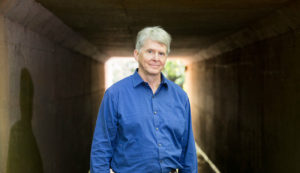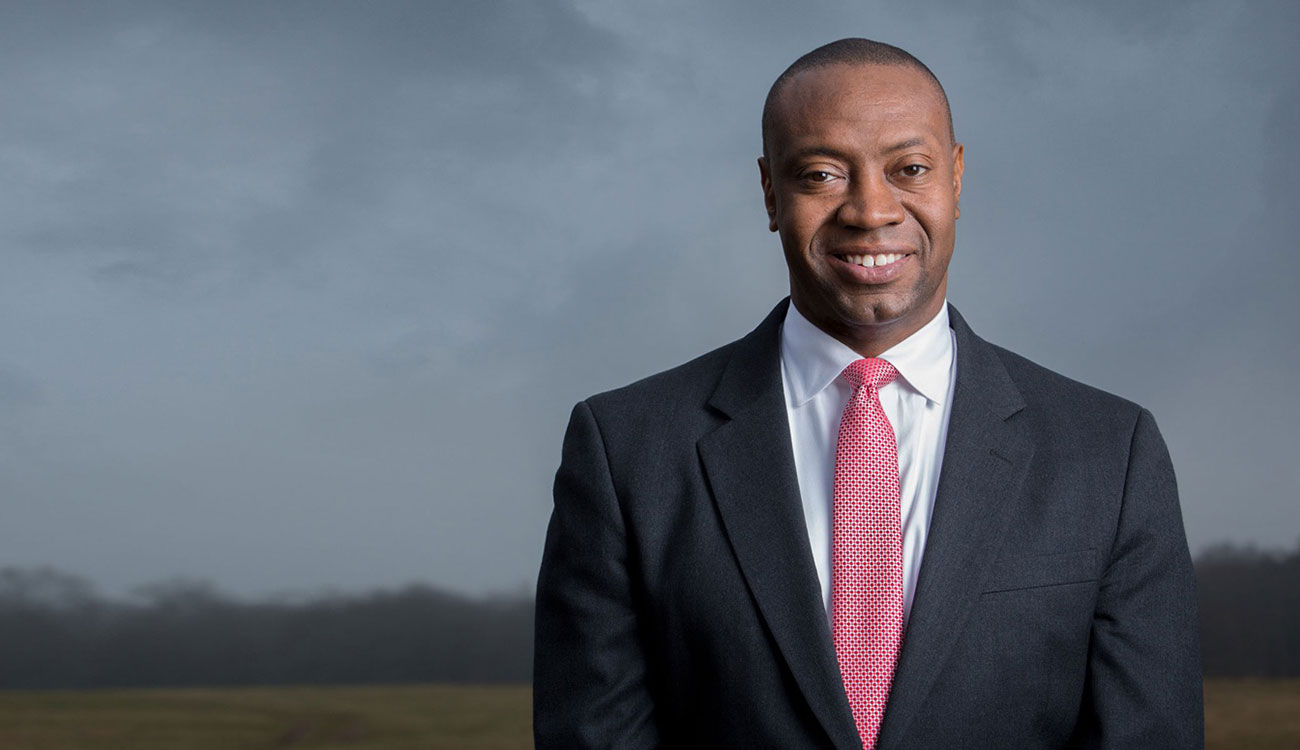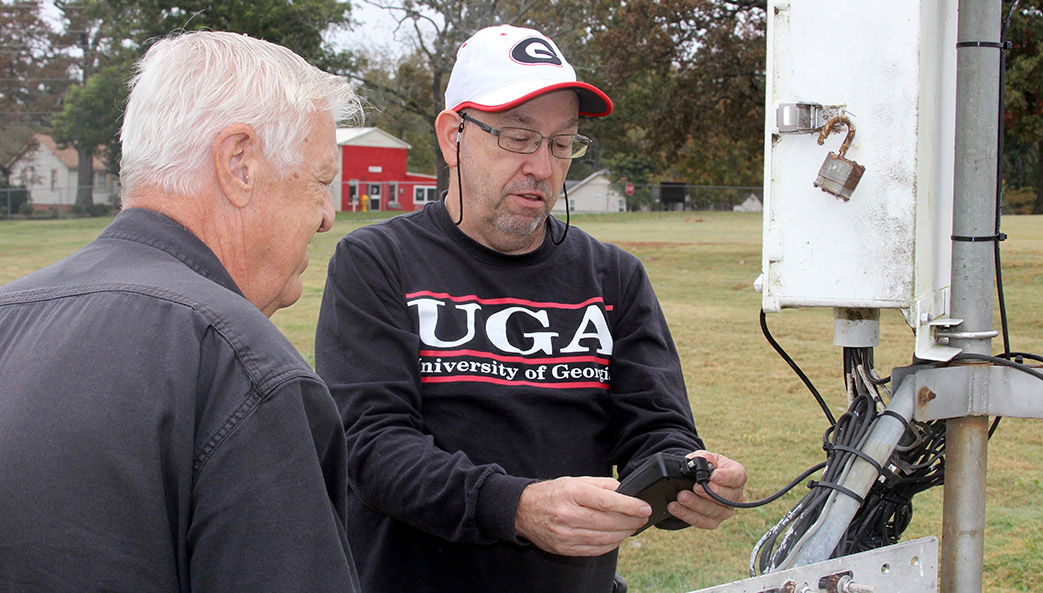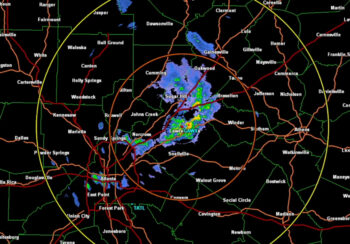What do you get when you combine increasing global temperatures, urban sprawl and rising sea levels?
A recipe for a weather disaster.
Changing climates create an environment for more intense storms. Those storms drop more rain for longer durations than most storms in decades past, flooding crowded cities because there’s nowhere for the rain to seep into the ground or runoff. Combine the massive rain events with rising sea levels and you get coastal communities that are quite literally being washed away one storm at a time.
The University of Georgia’s Marshall Shepherd says we don’t have the kind of infrastructure that can weather these storms. “You think about a rubber band—a rubber band has resiliency. It snaps back,” said Shepherd, Georgia Athletic Association Distinguished Professor of Atmospheric Sciences at the University of Georgia. “In this new era of new rainstorms and more intense hurricanes, we need to be thinking about more climate-resilient systems.”
Determining what those systems should look like and even how they should operate is a tall challenge. Shepherd, a former NASA scientist, partners with experts in a variety of subjects across campus as part of the Institute for Resilient Infrastructure Systems (IRIS), an interdisciplinary group advancing the integration of natural and conventional infrastructure systems to strengthen long-term resilience to flooding, sea level rise, drought and more.
One such project is looking at flooding along I-85 from Atlanta to Charlotte, North Carolina. The area, dubbed Charlanta, is rapidly becoming more urbanized, with new buildings, housing, and paved roads popping up and down the interstate. But the infrastructure meant to deal with rain isn’t keeping up.
Before Tropical Storm Bill made landfall over Texas, eastern Texas experienced several days of rain that began flooding areas to the southeast and northern parts of the state. As Tropical Storm Bill moved northward through Texas in 2015, it is hypothesized that it fed off the highly saturated ground (as if it were still over the ocean) and can be seen slightly intensifying (via winds) as it moved into Oklahoma and progressed to the northeast.
“Our storm management systems are currently designed for last century’s rainstorms, under the stationary assumption that rainstorms look the same now as they did a few decades ago,” Shepherd said. But the storms aren’t the same. More and more frequently hurricanes are stalling out over land, dropping 50 or more inches of rain on cities like Houston that are ill equipped to deal with the downpour.

“As engineers, we’ve been trained to look to the past in order to predict the future,” said Brian Bledsoe, director of IRIS and a professor in UGA’s College of Engineering. “What we have to ask when developing solutions for these problems is what’s the rainfall probably going to belike in the future? What’s the urban landscape probably going to look like in the future? For hurricanes, what’s the storm surge probably going to look like in the future?”
Shepherd’s goal is to determine how vulnerable areas like Charlanta are to flooding to inform changes in policy and city planning. Shepherd and his team previously published a collection of data from every county in Georgia that examines the frequency of floods and heat waves, the percentage of impervious surfaces and the number of vulnerable populations in the state. Taken together, this information provides a detailed picture of which counties are most at risk from climate change and why.
“Oftentimes, we get stuck on our academic treadmills of our research questions, journal publications and our conferences. But I always frame my research in terms of a so what capacity,” Shepherd said. “We’re connecting the dots between key meteorological, hydrological and climate problems, and then connecting those to clear processes that impact society, whether that be flooding, water supply, resiliency, sustainability, etc. UGA rather uniquely has the end-to-end expertise to deal with those kind of problems and hopefully make life better for Georgia citizens.”
Go behind the scenes of The Weather Channel’s award-winning talk show Weather Geeks, with host Marshall Shepherd.

About the Researcher
Marshall Shepherd
Program Director of Atmospheric Sciences
Georgia Athletic Association Distinguished Professor
Department of Geography
Franklin College of Arts & Sciences






